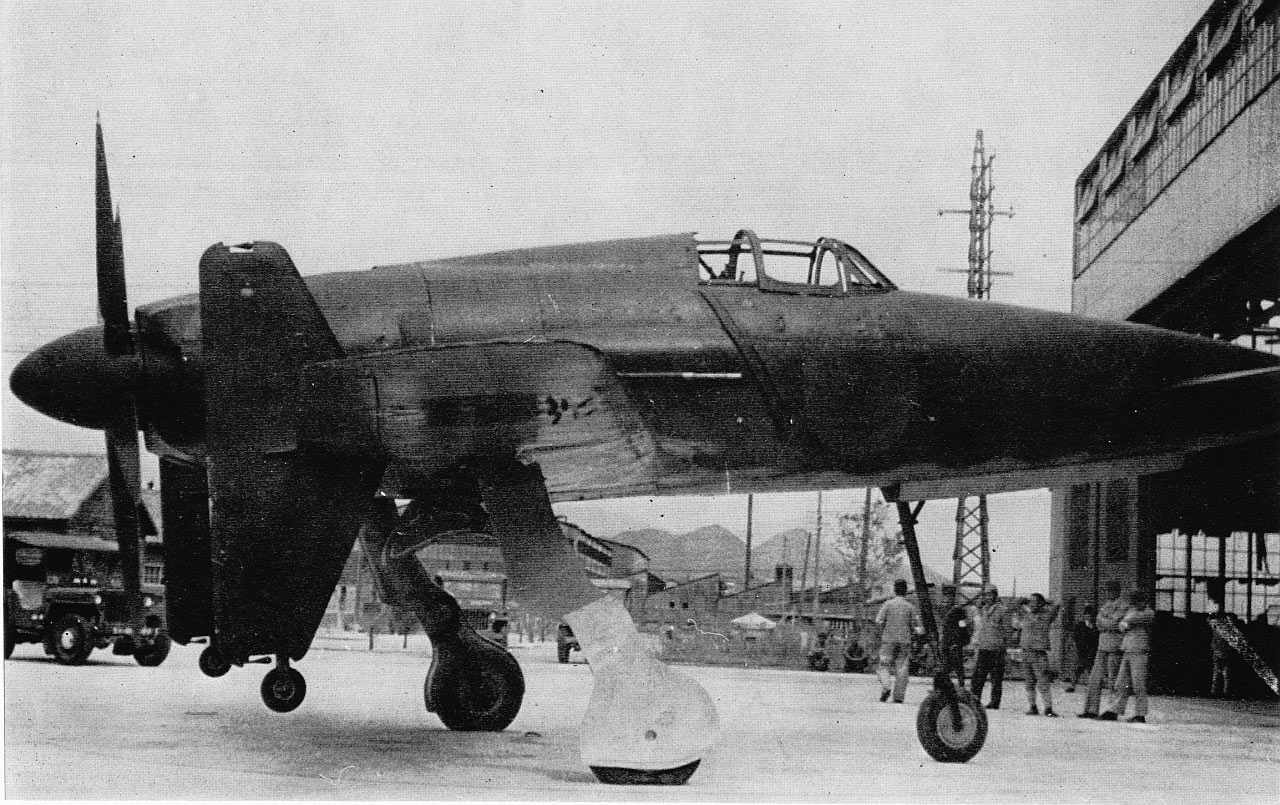
Kyushu J7W Shinden Strange Vehicles DisenoArt
Nathan Cluett November 20, 2023 No Comments. The Kyushu J7W Shinden, a unique piece of aviation history, represents Japan's innovative approach to aircraft design during World War II. Developed in the later stages of the war, the J7W Shinden was a canard-style fighter aircraft, a configuration that places the smaller forewings ahead of the.
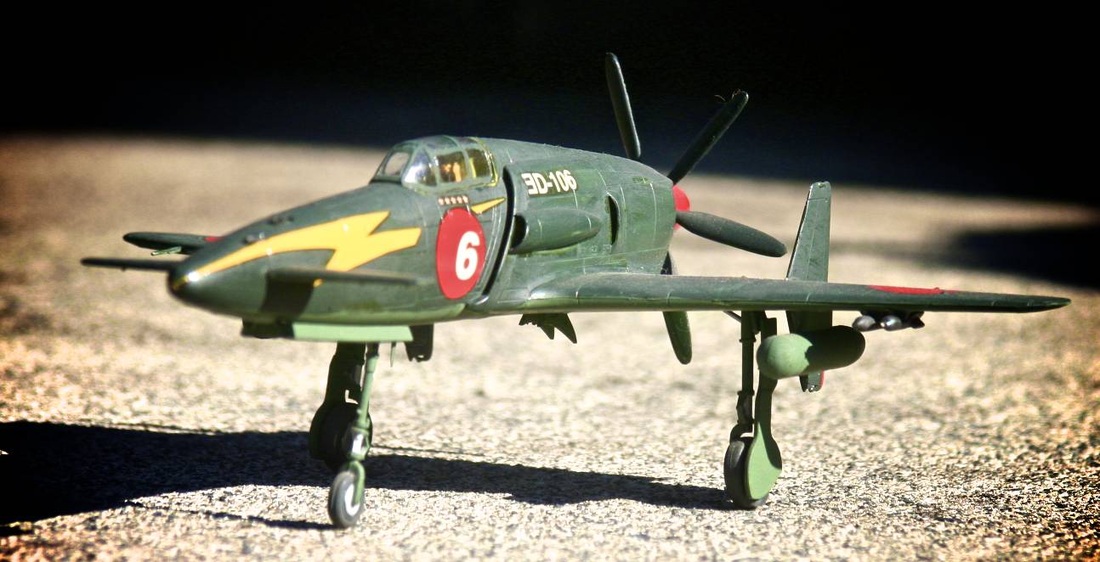
Kyushu J7W1 Shinden went on display today Nevington War Museum
Japan's J7W1 Shinden was the only World War II aircraft of canard configuration that any combatant ordered into production. Canard is a French term. The original meaning is obscure but aircraft designers used it then, as now, to describe an aircraft with the main wing mounted at the rear of the fuselage and a smaller wing fixed to the front.
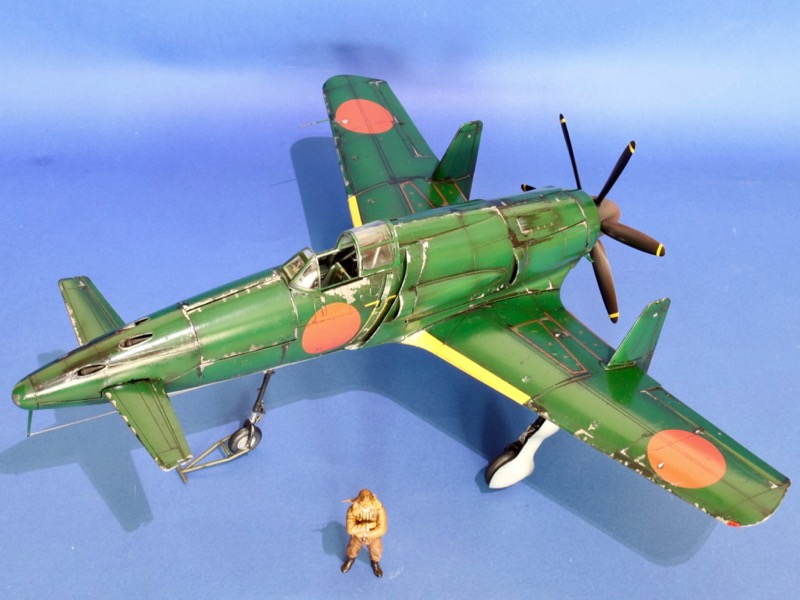
ZoukeiMura 1/32 J7W1 Kyushu Shinden Large Scale Planes
Kyushu J7W1 Shinden 1945 The cockpit, situated towards the back of the aircraft, offered the pilot with an extensive panoramic view of the airspace around them, while the four 30mm cannon mounted in the nose could unleash up to 800 rounds per minute, thus making it an overwhelmingly powerful weapon.
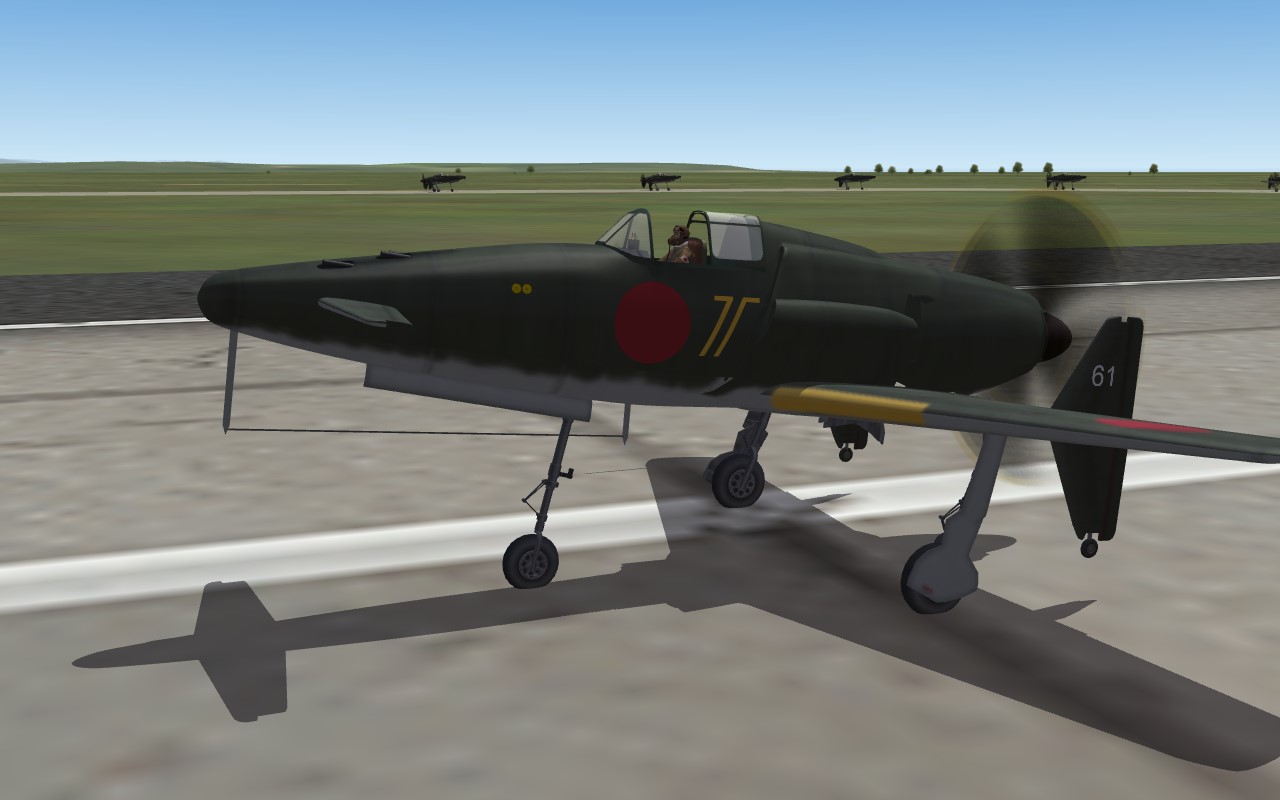
Kyushu J7W1 Shinden "Magnificent Lightning" Thirdwire Strike
The J7W1 spanned 11.11m, had a maximum take-off weight of 5288kg, and was estimated to have a maximum speed of 750km/h. Armament was four nose-mounted 30mm Type 5 cannon. In the planning stage was the J7W2 version to be powered by a 900kg thrust Ne-130 turbojet. Specification 3-View A three-view drawing (752 x 1204) Comments 1-20 21-40

Kyushu J7W Shinden (Magnificent Lightning) by rOEN911 Kyushu, Fighter
The J7W1 Shinden is a rank IV Japanese fighter with a battle rating of 5.7 (AB/SB) and 6.0 (RB). It was introduced in Update 1.43 . The J7W1 Shinden is a bomber interceptor designed to make quick work of raiding bomber aircraft. It has exceptional performance at altitude, more than exceptional armament and a decent climb rate.
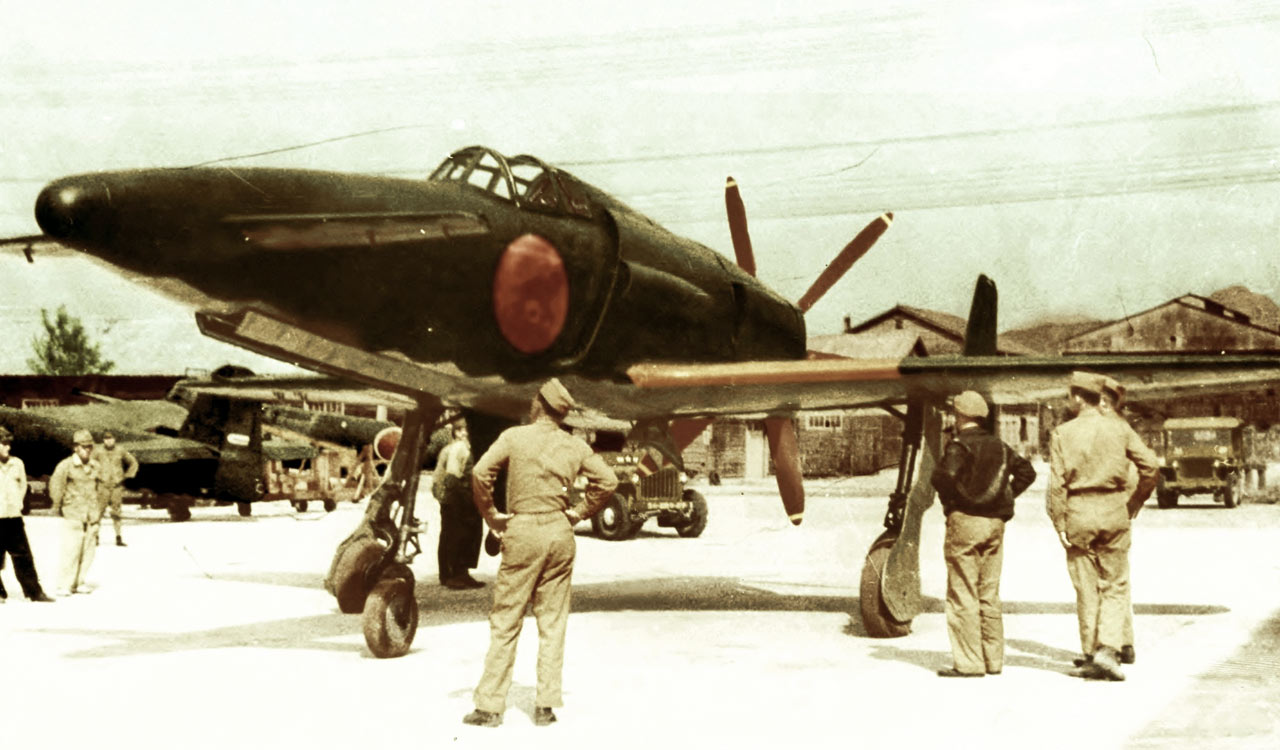
Kyushu J7W Shinden Strange Vehicles DisenoArt
The J7W1 was a Japanese fighter interceptor meant to intercept B-29 bombers in the late stages of WWII. Although the aircraft never saw operational use its r.

Build Off Kyushu J7W1 Shinden Page 13 RC Groups
Kyushu J7W1 Shinden (National Air & Space Museum collection) Tsuruno was forbidden to fly the Shinden for his safety, so now with Kyushu test pilot Yoshitaka Miyaishi at the controls the Shinden made its maiden flight on Aug. 3, 1945.

Kyushu J7W Shinden Front Section by rlkitterman on DeviantArt
Japan's J7W1 Shinden was the only World War II aircraft of canard configuration that any combatant ordered into production. The original meaning of Canard is obscure but aircraft designers use it to describe an aircraft with the main wing mounted at the rear of the fuselage and a smaller wing fixed to the front.

рисунок Kyushu J7W1 Shinden Diesel Punk Pinterest Kyushu, Planes
The Kyushu J7W Shinden (Magnificent Lighting) was the only canard configuration aircraft (with the main wings at the rear). The J7W1 was to be powered by a Mitsubishi engine mounted in a pusher configuration at the rear of the fuselage, freeing the nose for the guns. This canard configuration looks most peculiar when seen on a World War II.
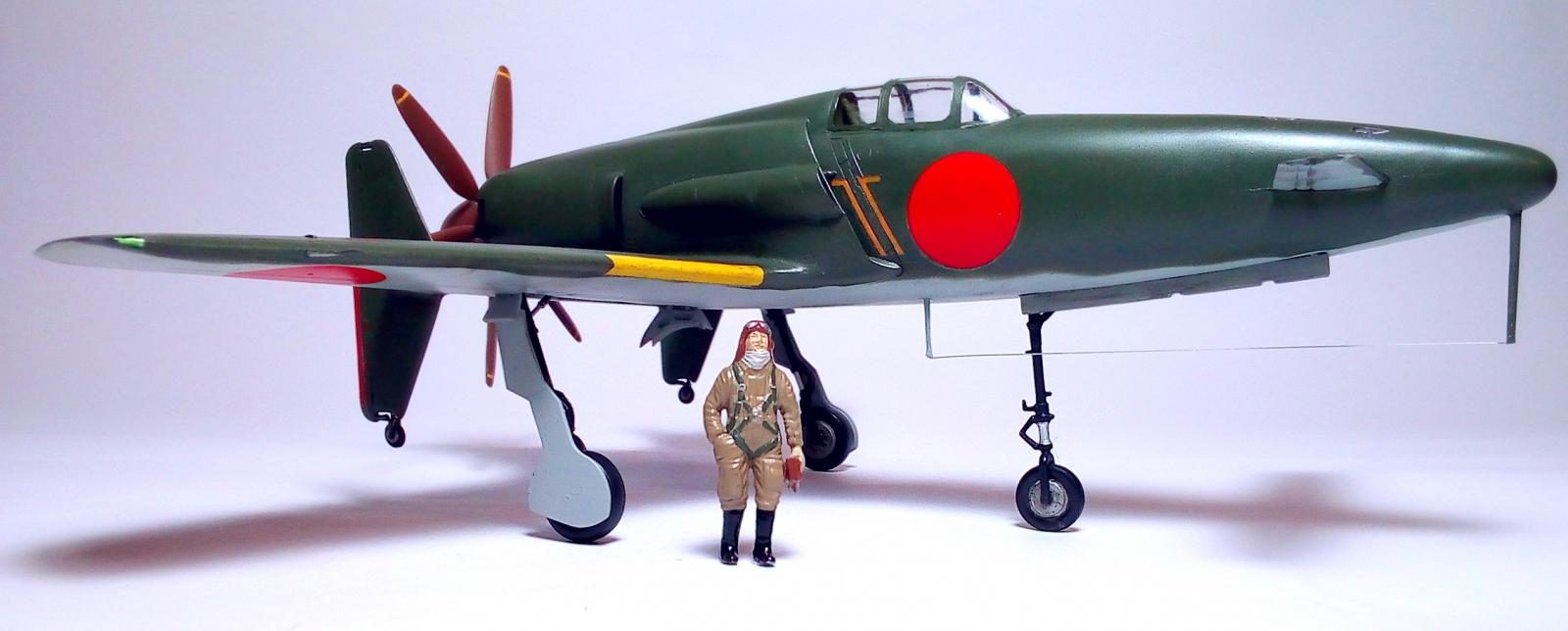
Thousands of items added daily Hasegawa 1/48 Japanese Navy Kyushu J7W1
Give. Home / Multimedia Gallery / Kyushu J7W1 Shinden (Magnificent Lightning) Japan's J7W1 Shinden was the only World War II aircraft of canard configuration that any combatant ordered into production. The original meaning of Canard is obscure but aircraft designers use it to describe an aircraft with the main wing mounted at the rear of the.

Kyushu J7W1 Shinden Japan Imperial Japanese Navy (IJN) Eric
Kyushu J7W1 Shinden. The Kyūshū J7W1 Shinden "Magnificent Lightning" fighter was a World War II Japanese propeller-driven aircraft prototype with wings at the rear of the fuselage, a nose mounted canard, and pusher engine. Developed by the Imperial Japanese Navy as a short-range, land-based interceptor, the J7W was a response to Boeing B.
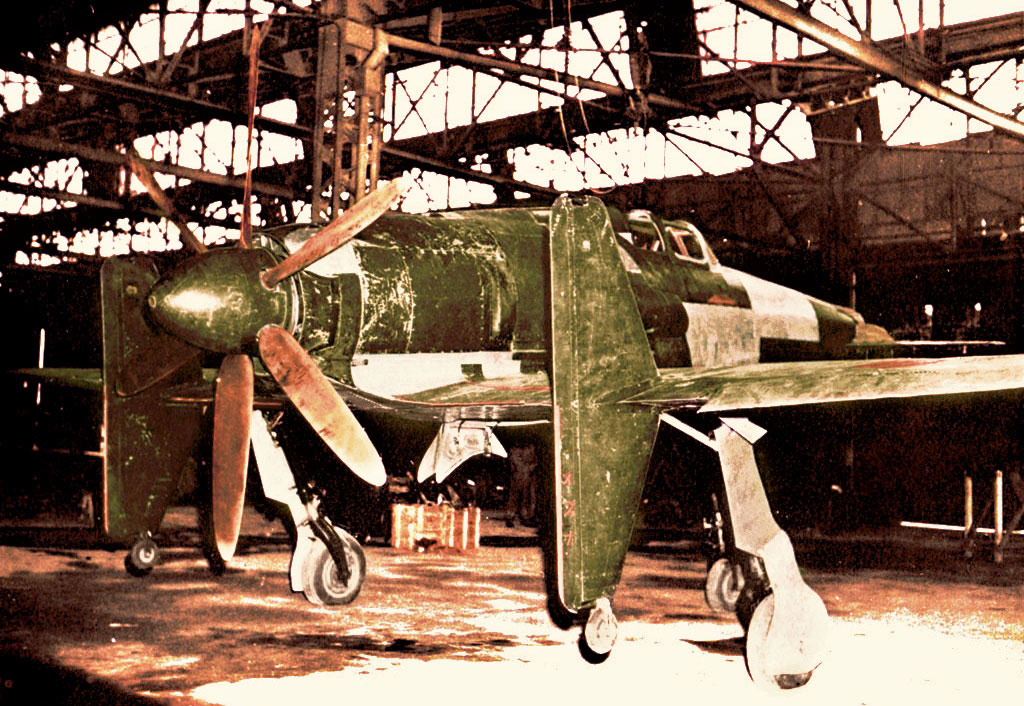
Kyushu J7W Shinden Strange Vehicles DisenoArt
The results were promising, and early in 1944 the Navy commissioned Kyushu Hikoki to begin work on an interceptor design based on these results. The men at Kyushu were joined by a naval team, which was headed by Captain Tsuruno. It took them just ten months, from June 1943 to April 1944, to turn out the first J7W1. Kyushu J7W1 Shinden.
Modelling vehicle history in the air, on sea, on land
When Japan surrendered, Kyushu was refining the design and preparing to build the turbojet version with higher performance. First Prototype Development began in June 1944 and J7W1 Shinden Prototype 1 was ready by April 1945. On August 3, 1945 the prototype made a short, successful test flight piloted by designer Captain Tsuruno.
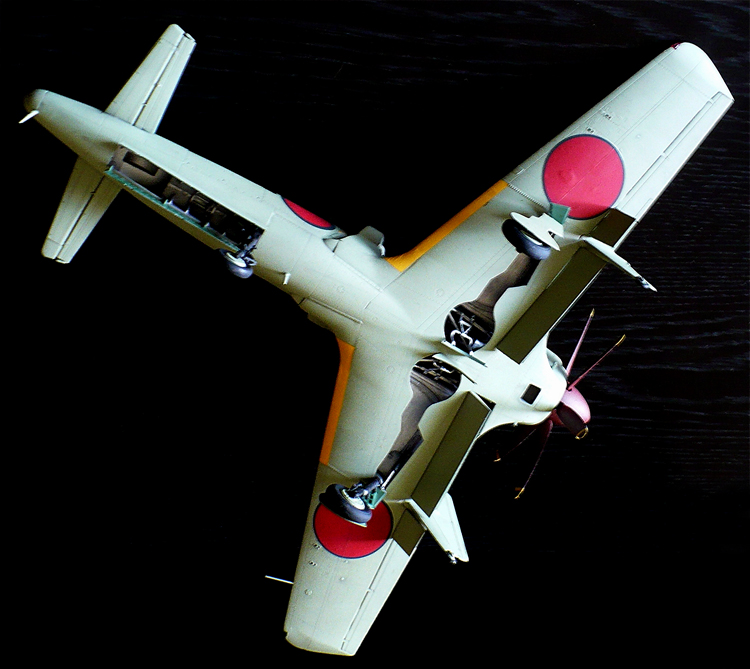
The Great Canadian Model Builders Web Page! Kyushu J7W1 Shinden
Kyushu Hikoki K. K. Physical Description Unconventional single-seat experimental fighter, tailless tricycle landing gear consisting of one wheel and strut mounted under the nose and two under the wings. Summary Japan's J7W1 Shinden was the only World War II aircraft of canard configuration that any combatant ordered into production.

The Great Canadian Model Builders Web Page! Kyushu J7W1 Shinden
6 Images This object is on display in World War II Aviation at the Steven F. Udvar-Hazy Center in Chantilly, VA . 1945 Japan CRAFT-Aircraft Kyushu Hikoki K. K. Unconventional single-seat experimental fighter, tailless tricycle landing gear consisting of one wheel and strut mounted under the nose and two under the wings.
Modelling vehicle history in the air, on sea, on land
J7W1 Shinden. Tachiarai Museum. The "pusher" aircraft design with a rear-mounted engine and propeller was the work of Imperial Japanese Navy Lt. Cmdr. Tsuruno Masaoki and was built by Fukuoka-based Kyushu Aircraft Co., who delivered two prototypes in early 1945. After working through technical issues and ground tests, the Shinden made its.